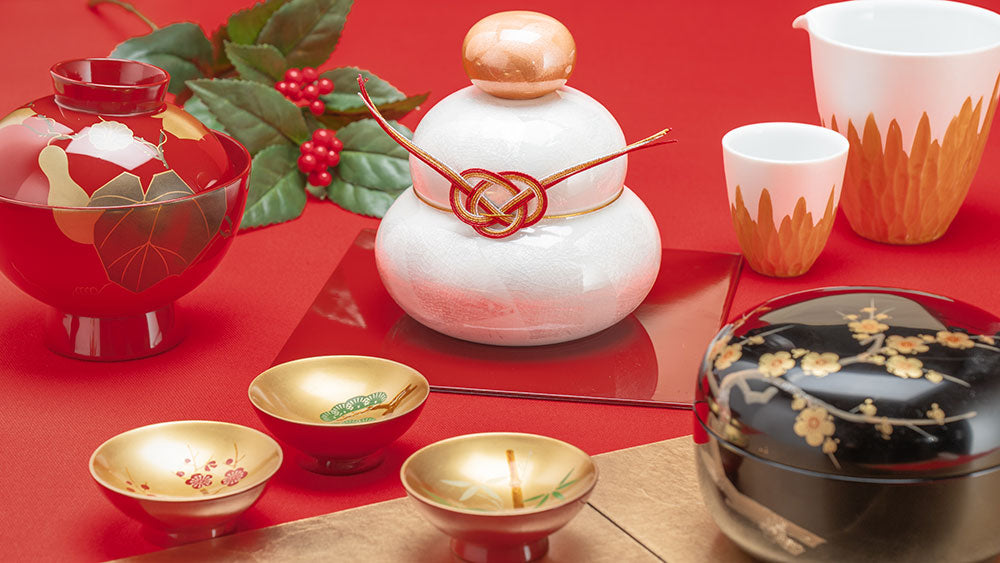
Celebrating a Japanese New Year
Written by Team MUSUBI
The most festive time of the year in Japan! New Year is a time filled with happy moments spent with family and friends. The air is filled with wishes of happiness, health and prosperity for the coming year.
The Japanese word for New Year is Oshogatsu. The term originally referred to the period from January 1st to the 7th, but now it is a term loosely used for the first three days of the new year where schools and most offices are closed.
With the passage of time, some traditional customs and festivities have, unfortunately, slowly faded as a part of New Year celebrations, but there are still plenty of traditions that people follow in welcoming a happy new year.
Take a look at how New Year is celebrated in Japan, and learn a bit about how New Year is perceived within the Japanese culture.
tables of contents
Kagami Mochi: An Offering for a Lucky Year

Kagami mochi, or "mirror rice cake", is set out no later than December 28th and sets the tone for the next year. It receives its name from a bronze mirror that was highly valued in ancient Japan, and is a stack of two round mochi, or rice cakes, and a citrus fruit called daidai.
It is placed prominently in the household as an offering to a god called Toshigami, who is said to bestow luck upon the family for the new year. Once the year starts, the mochi is broken apart with a mallet and turned into soup, called ozoni. If you'd like to start your own kagami mochi tradition, we have a beautiful ceramic option you can use year after year: Seikou Kiln Ginsai Kutani Kagami Mochi.
Hatsu-hinode: The First Sunrise

Osechi Ryori: Culinary Tradition at the Table
Osechi ryori is the name for the array of dishes served during the New Year holidays. Traditionally, an abundant amount of dishes was made from scratch at the end of the year and set in a Jubako bento box as many stores were closed during the New Year holidays. Also, osechi ryori was made to last for the three days of New Year so that no one had to cook during the holidays.
The dishes included in osechi ryori have meaning, expressing auspicious wishes for those who prepare it and eat it. For example, black beans, or kuromame, symbolize diligence and shrimp holds meaning of longevity.
Along with osechi ryori, a special kind of soup called ozoni is served in a lacquerware soup bowl like this Fukunishi Sobe Sakura Aizu Lacquerware Soup Bowl. Although there are variations for the recipe, ozoni almost always includes "mochi." The custom of ozoni originates from farmers giving thanks to gods for a safe harvest in the previous year and praying for a bountiful harvest and family safety for the coming year.
Another tradition that takes place at the table is drinking otoso.
Otoso is an herbal liquor made by soaking a mixture of 5 to 10 herbal medicines in sake or mirin. It is drunk on New Year's Day in the morning, before eating osechi ryori to ward off evil spirits and pray for good health. The youngest member of the family is the first one to take a sip from the top flat "Sakazuki" type sake cup.
The item used to drink otoso is the sake ware set as seen in the photo. We chose the White Porcelain "Toso" Arita Sake Set. For an added festive feel on the table, you can also use lacquerware sake sets.
Learn more from our article Osechi ryori: Culinary Art Celebrating the New Year.
Hatsu-mode: New Year Wishes

After making their wishes, many people try their luck for the new year with an omikuji, a fortune-telling piece of paper that shows the fortune of the near future. It not only shows the result of good luck or bad luck but also describes in detail advice and suggestions regarding health, work, and relationships.
An omikuji can be found at many temples and shrines all year round, so during your next visit to Japan, try out your luck with an omikuji.
Japanese Calligraphy: The First Brush Stroke of the Year

It is customary to write words expressing New Year's resolutions or four-character idioms wishing good health or happiness.
Today, although not many people follow this tradition at home, a majority of Japanese elementary schools still assign kakizome as homework during the winter break.
Just for reference, the Japanese character written in the photo is the character "夢" meaning "dream."
Wishes for a happy new year are universal. Various events are held worldwide during New Year festivities centered around the celebratory spirit of welcoming a year filled with peace and happiness.
The spirit is the same in Japan. People spend time with family and close friends, and share moments of joy and excitement together to welcome the start of a new year.





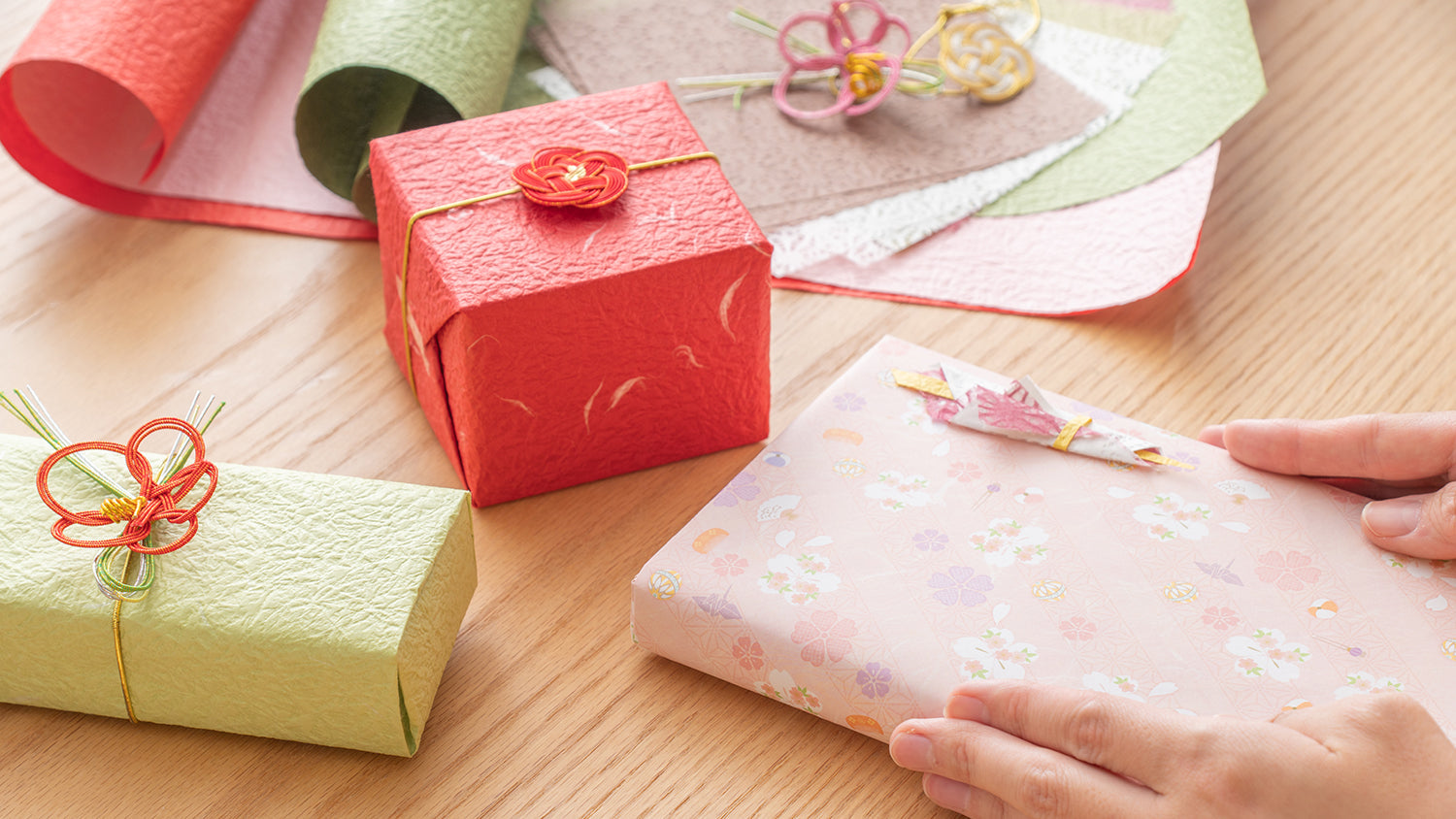

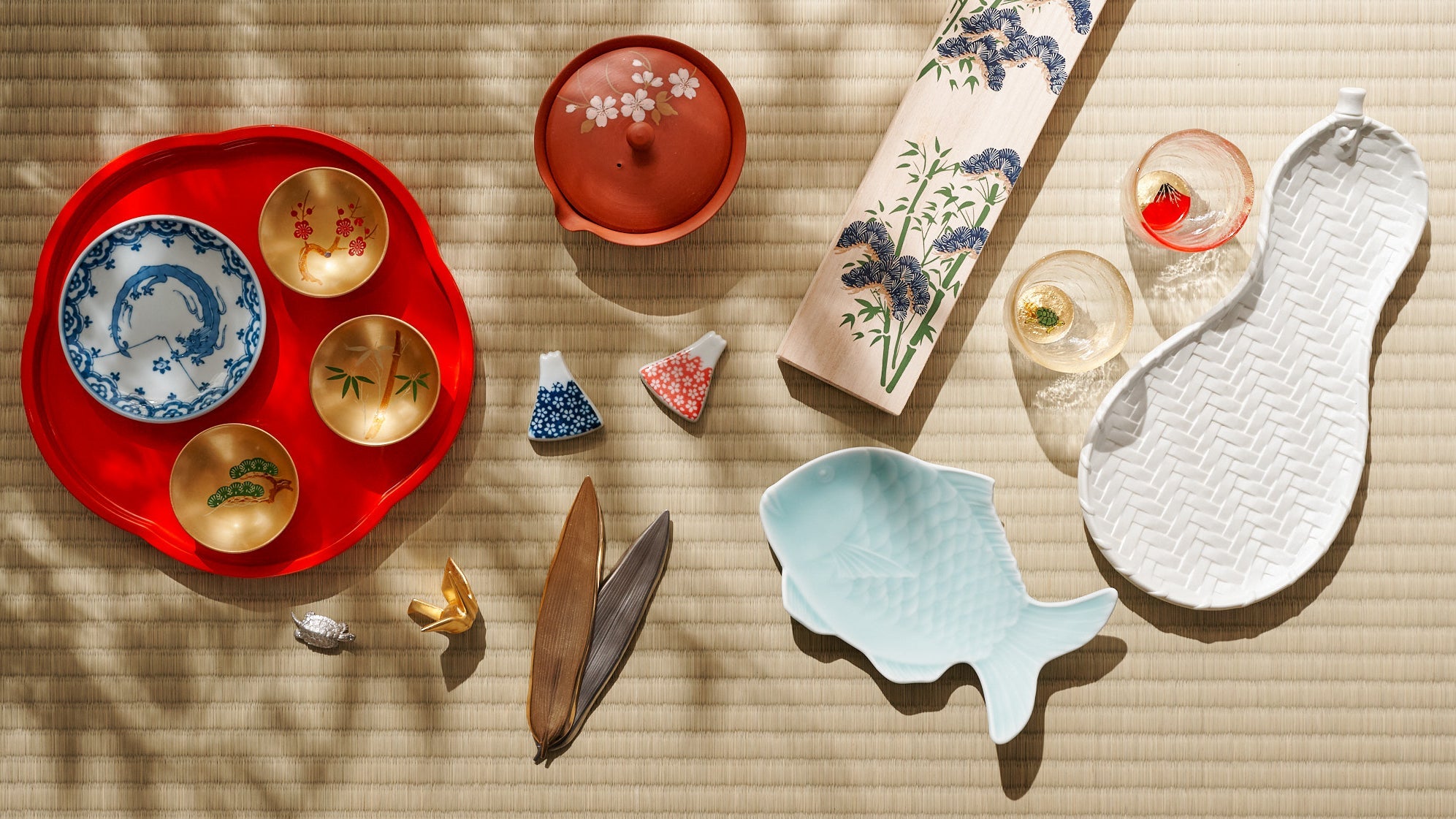
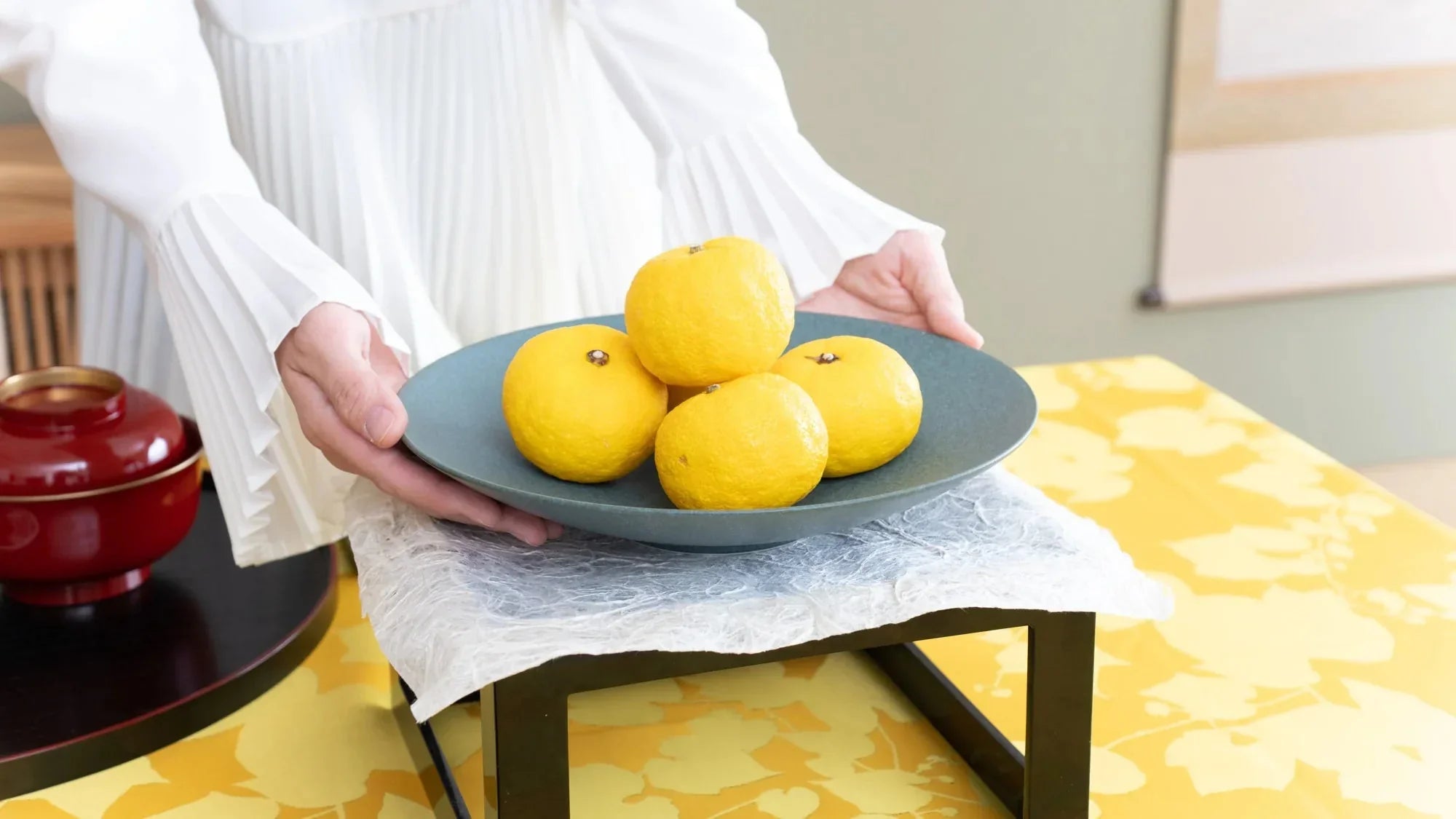
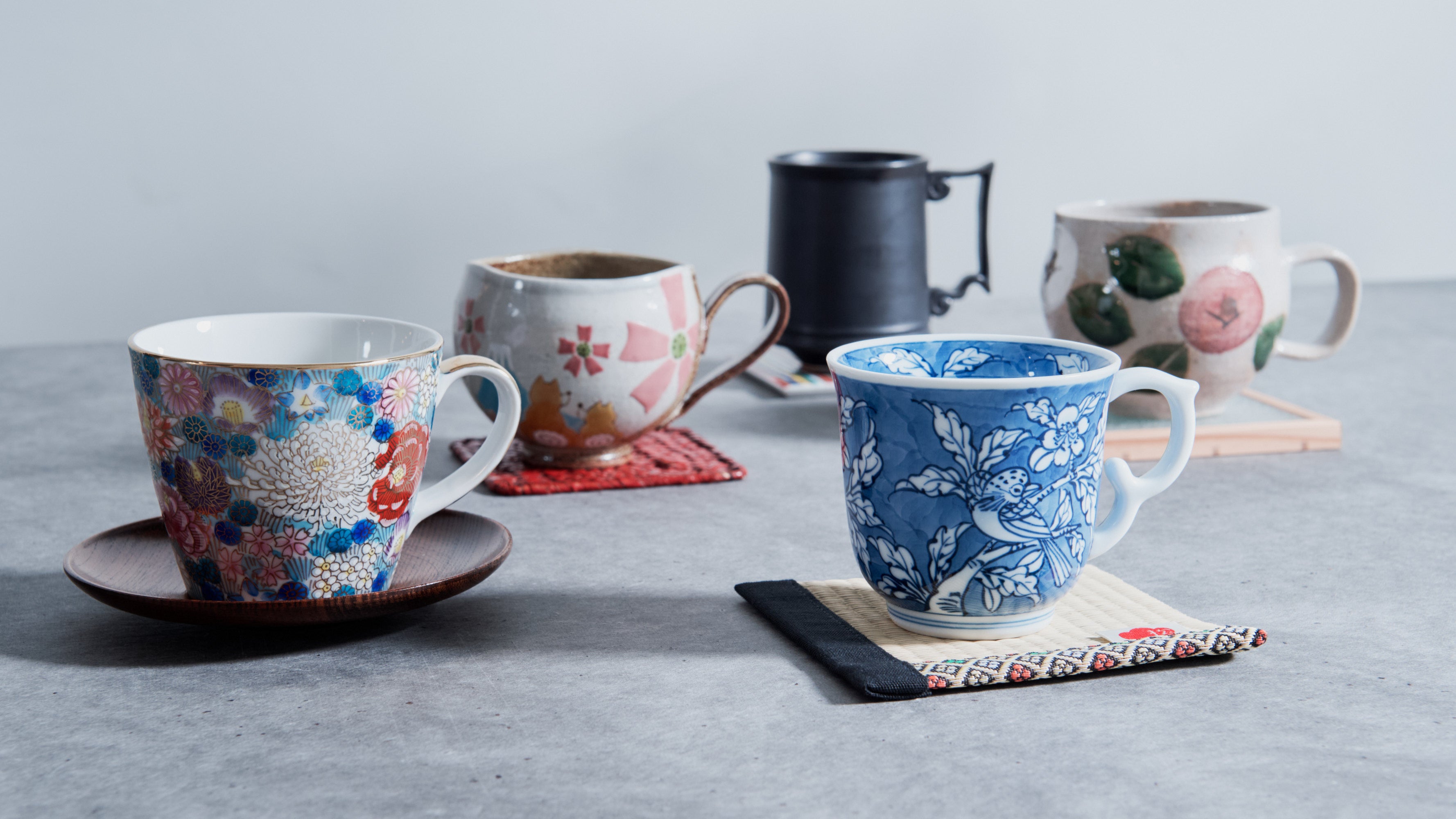
Leave a comment
This site is protected by hCaptcha and the hCaptcha Privacy Policy and Terms of Service apply.